November/December 2021 | Vol. 26 No.6
NEMA Members depend on building infrastructure products to keep connections flowing efficiently
 by Danny Abbate, Industry Director, Building Infrastructure, NEMA
by Danny Abbate, Industry Director, Building Infrastructure, NEMA
Quality building infrastructure products have a massive impact on modern commerce and society. Those products—manufactured by NEMA Members—power the world economy, protect the global population from shock and fire, and construct the electric backbone that makes contemporary life possible.
Today’s electrical grid provides safe, ubiquitous power access to more places than ever before, including business, education, healthcare, hospitality, manufacturing, and many other industries. Behind the increase in connectivity and electrification are essential supporting technologies—steel conduit, surge protectors, industrial fuses, and cable trays, to name a few—that keep connections flowing efficiently.
Because people tend to think about electricity when there’s a power outage the aforementioned electrical building infrastructure often is taken for granted. The products sit behind walls or in ceilings year after year, providing silent assurance, supporting data centers that offer connectivity, protecting people and sensitive electronics from being harmed, and serving to make people’s lives comfortable and safe.
For example, there are far fewer electrocutions in homes thanks to the increased adoption of ground- fault circuit interrupters (GFCIs). Many types of wiring devices have been standardized, encouraging companies to develop safer products. Surge protective devices are a cost-effective solution to prevent downtime, improve system and data reliability, and mitigate equipment damage due to transient overvoltage events, more commonly referred to as surges, for both power and signal lines.
NEMA helps advance these products by writing Standards, developing and advocating for strong building codes, and promoting safe electrical products through the work of its seven product Divisions. Building infrastructure is the backbone of the electric world. But how are the six other NEMA Divisions affected by Building Infrastructure products Division, and how do they interact with building infrastructure?
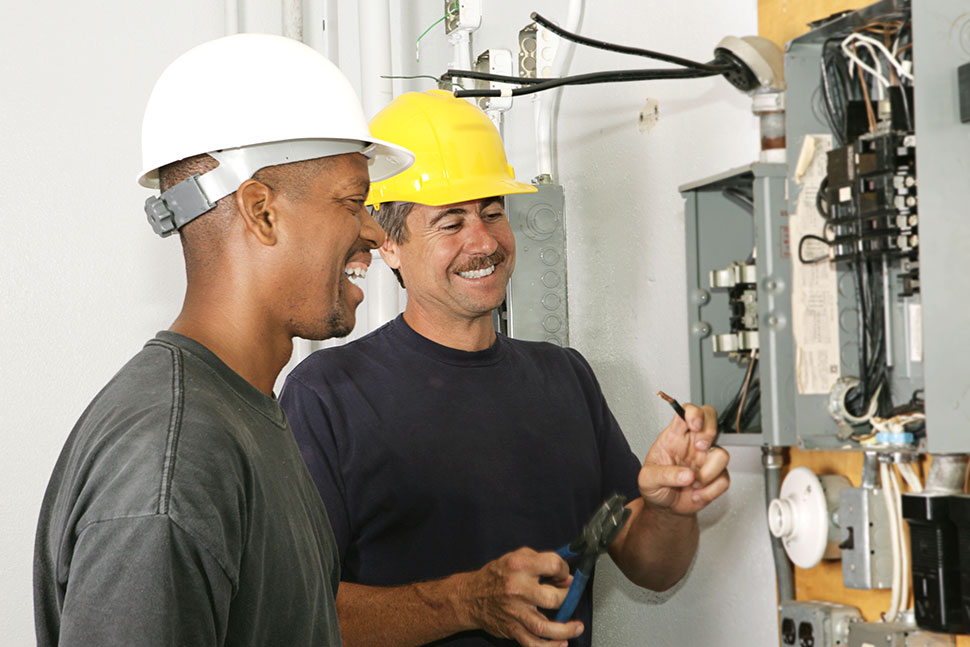
Building Systems
Building Systems Division products help increase the comfort and productivity of people in commercial, government, and industrial facilities.
New and retrofit commercial, industrial, and residential buildings rely on integrated systems to provide shelter, safety, comfort, and convenience. Automated systems are possible because of controllers, sensors, and software that aggregate data, analyze system use, diagnose problems, predict maintenance needs, and improve performance. The shift from singular products to connected systems reflects and encourages innovation in design, technology, sustainability, and life safety. These building systems require electricity, delivered with products from the NEMA Building Infrastructure Division such as cable trays, steel conduit, cable buses, enclosures, GFCIs, surge protective devices, and electric receptacles.
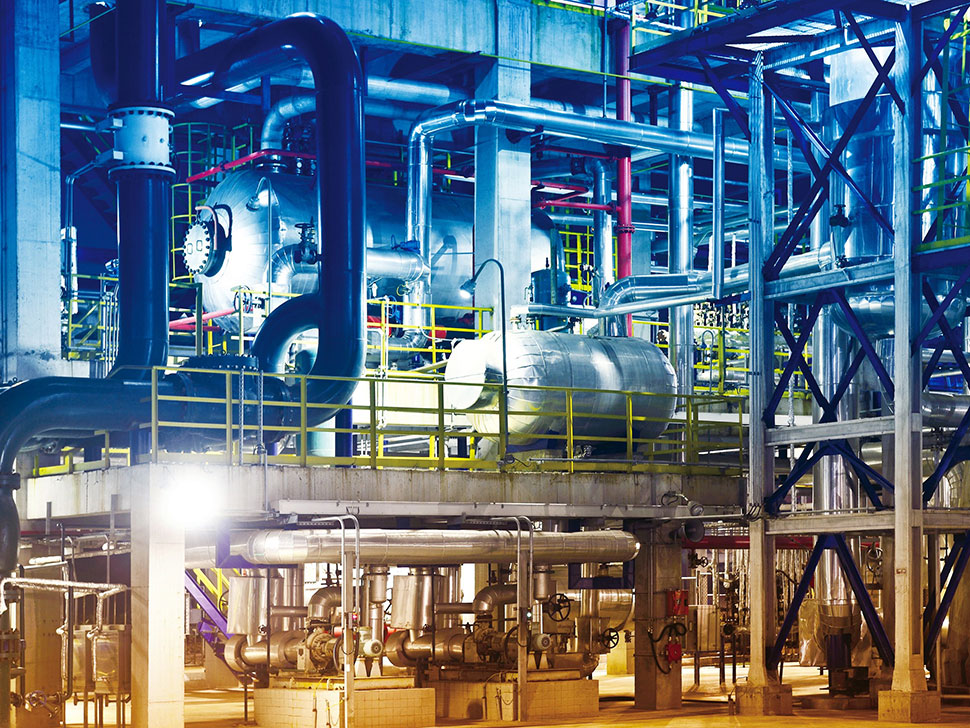
Industrial Products and Systems
From mining operations to space exploration and everywhere in between, the NEMA Industrial Products and Systems Division supports a smart manufacturing approach to meet the needs of global markets. Member companies increase quality, decrease waste, maximize output, and minimize energy used through artificial intelligence, automation, big data, industrial connectivity, optimized systems, sensors, and other technologies. The Division is also a force behind developments that include the Industrial Internet of Things (IIoT), Industry 4.0, systems efficiency, nanotechnology, augmented and virtual reality, predictive modeling, and 3D printing.
NEMA electrical enclosures are essential to ensure the safe and efficient operation of industrial machinery. The Building Infrastructure Division’s various conduit and cable management products such as cable ties, cable trays, cable cleats, and cable buses route the wires and connections throughout industrial facilities. Manufacturers would not be able to implement Industry 4.0—the automation of manufacturing and industrial practices using smart technology—without infrastructure products serving as the backbone of electrical facilities.

Lighting Systems
The NEMA Lighting Systems Division intersects every aspect of modern life and strives to achieve reasonable energy and environmental regulations and promote the benefits of lighting.
The lighting industry is evolving in the wake of disruptive changes caused by the widespread adoption of light-emitting diode (LED) technology. When sensors, networks, and software are connected or added to LED infrastructures, the resulting system enables services, benefits, and revenue streams that exceed the value of lighting alone. The LED revolution affects efficiency, cost, demand, production, and global competition. It also allows for more control of lighting, resulting in more consumer options and higher-quality lighting designs.
Lighting control devices, motion sensors, and timer switches have long been integral parts of a basic lighting system. Now, as lighting controls and connected lighting systems become more popular and available, the compatibility of wiring devices with all lighting products becomes more relevant. The NEMA Building Infrastructure Division and Lighting Systems Division collaborate regularly on NEMA 410 Performance Testing for Lighting Controls and Switching Devices with Electronic Drivers and Discharge Ballasts, to ensure this vital Standard accurately represents the industry criteria for quality products. Without Building Infrastructure Division products such as wiring devices, outlet and switchboxes, and wire management systems, buildings, streets, and walkways would go dark.
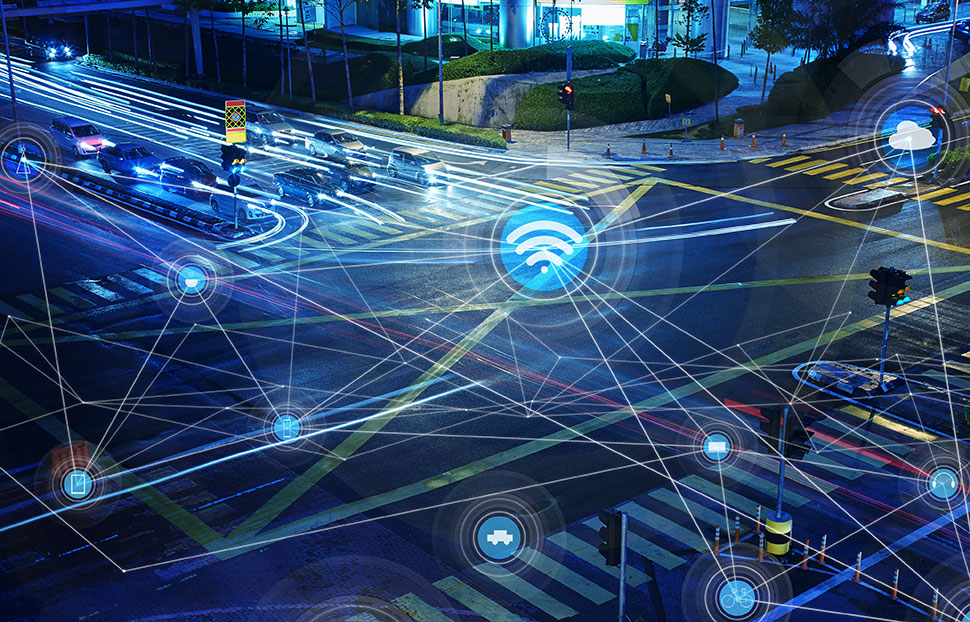
Transportation Systems
The NEMA Transportation Systems Division promotes the tools and infrastructure associated with moving people and goods from Point A to Point B safely and efficiently while also ensuring systems are cyber secure. Division Members produce integrated information management and control systems that inform users and facilitate smarter utilization of transport networks. Products and assemblies deliver and manage electrical energy between an electric vehicle (EV) and an electrical source. They also enable energy stored in EVs to be fed back into the electrical grid and encompass outdoor and roadway lighting solutions ranging from traditional methods to intelligent ones that adapt to their surroundings.
As the transportation sector becomes increasingly electrified, the corresponding building infrastructure will need to accommodate the growing deployment of electric vehicle supply equipment (EVSE). An EV-ready home ensures that the conduit and service panel capacity are ready and available for an EVSE. An EV-ready parking space needs full 208/240-volt circuit installations for a commercial building, including panel capacity, raceway wiring, and receptacle and circuit overprotection devices that can provide “Level 2” charging defined in the SAE J1772 Standard. Including these EV-ready infrastructure requirements in building codes will support the transition toward EV ownership throughout the country.
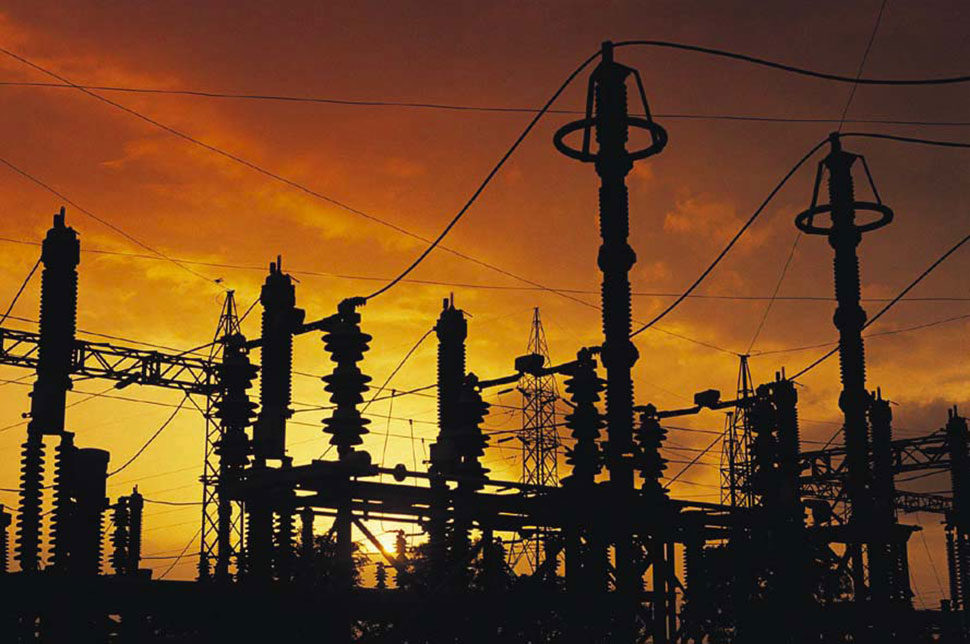
Utility Products and Systems
The NEMA Utility Products and Systems Division drives the modern power grid with dynamic equipment that ranges from manually operated apparatus to advanced automation software. The Division contributes to the development of transformational trends like microgrids, energy storage, and distributed generation systems to ensure reliable and resilient delivery of electricity.
Division Members manufacture the devices that keep the electrical grid operating efficiently and enable grid operators to respond to the demand for reliable energy with trends like digitalization, self-healing grids, and reinforced infrastructure. These products and systems enable renewable generation, energy storage, and energy management by using building infrastructure products such as capacitors, connectors, and insulators as well as smart meters, switchgear, and transformers.
NEMA enclosures are ubiquitous in power distribution products, particularly those installed in outdoor areas with exposure to external elements like water or pollutants. In some cases, such as meters and meter sockets, the entire apparatus might be enclosed. In larger equipment such as medium- or high-voltage switchgear and circuit breakers, only the control box utilizes an enclosure. Enclosures are essential to preserving power grid equipment longevity and proper functionality.
Utility-scale switchgear and circuit breakers contain internal low-voltage circuits used to power lights and other sensors within the control box. Utility workers and repair personnel regularly need to access the control box, so manufacturers employ cable management products to run conduits away from controls and visual alarms to prevent access.
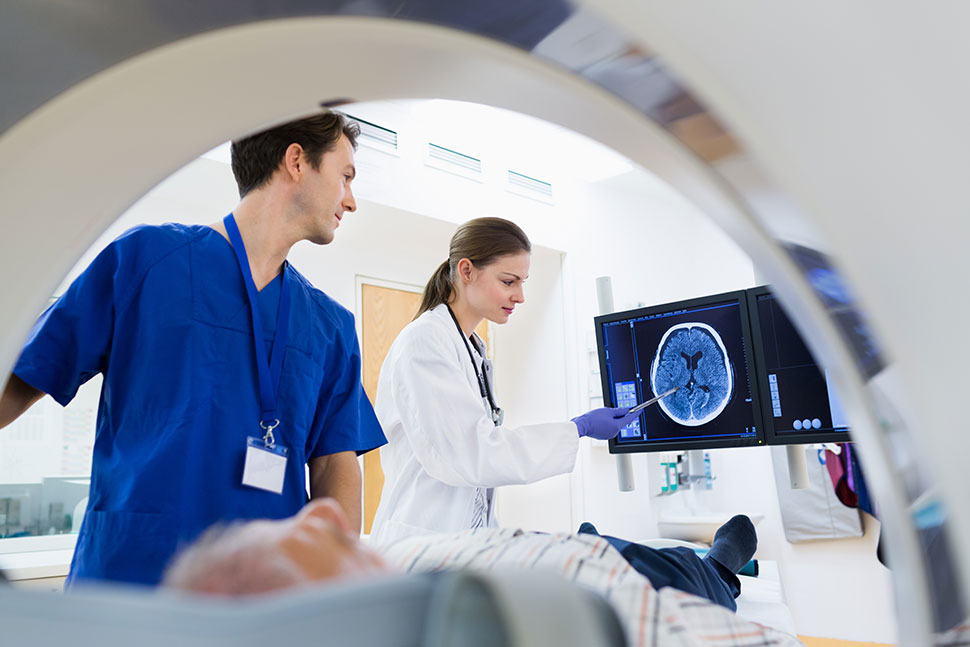
Medical Imaging & Technology Alliance (MITA)
Medical imaging drives effective patient care through screening, diagnosis, and treatment. The Medical Imaging Division, known as the Medical Imaging & Technology Alliance (MITA), is the collective voice of medical imaging equipment manufacturers, radiopharmaceuticals, innovators, and product developers. The Division’s Members strive to reduce regulatory barriers, establish Standards, and advocate for the medical imaging industry with technologies that include medical equipment employing noninvasive modalities.
MITA products help safely and quickly diagnose medical issues and are integral to peoples’ health and wellbeing. Products from the NEMA Building Infrastructure Division help medical imaging equipment operate seamlessly and safely. NEMA enclosures house the electric components of the medical imaging equipment, GFCIs ensure the safety of those operating equipment, and surge protective devices protect equipment from internal and external surges.
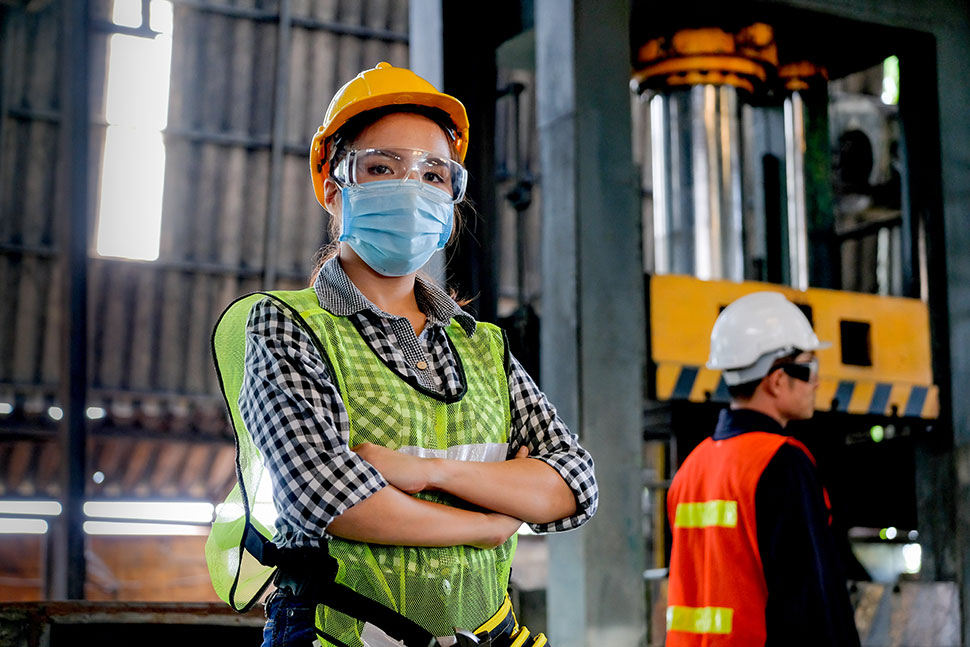
Building Infrastructure Enables Connected Life
As electrification continues to proliferate to all aspects of life, NEMA Building Infrastructure Division products quietly deliver electricity to businesses, schools, hospitals, houses, and nearly every building. The Internet of Things has led to the introduction of new products, sensors, and connected devices rapidly, amplifying the importance of these products. They will be there whether people think about them or not, day and night, without pause or complaint, enabling today’s connected life. ei